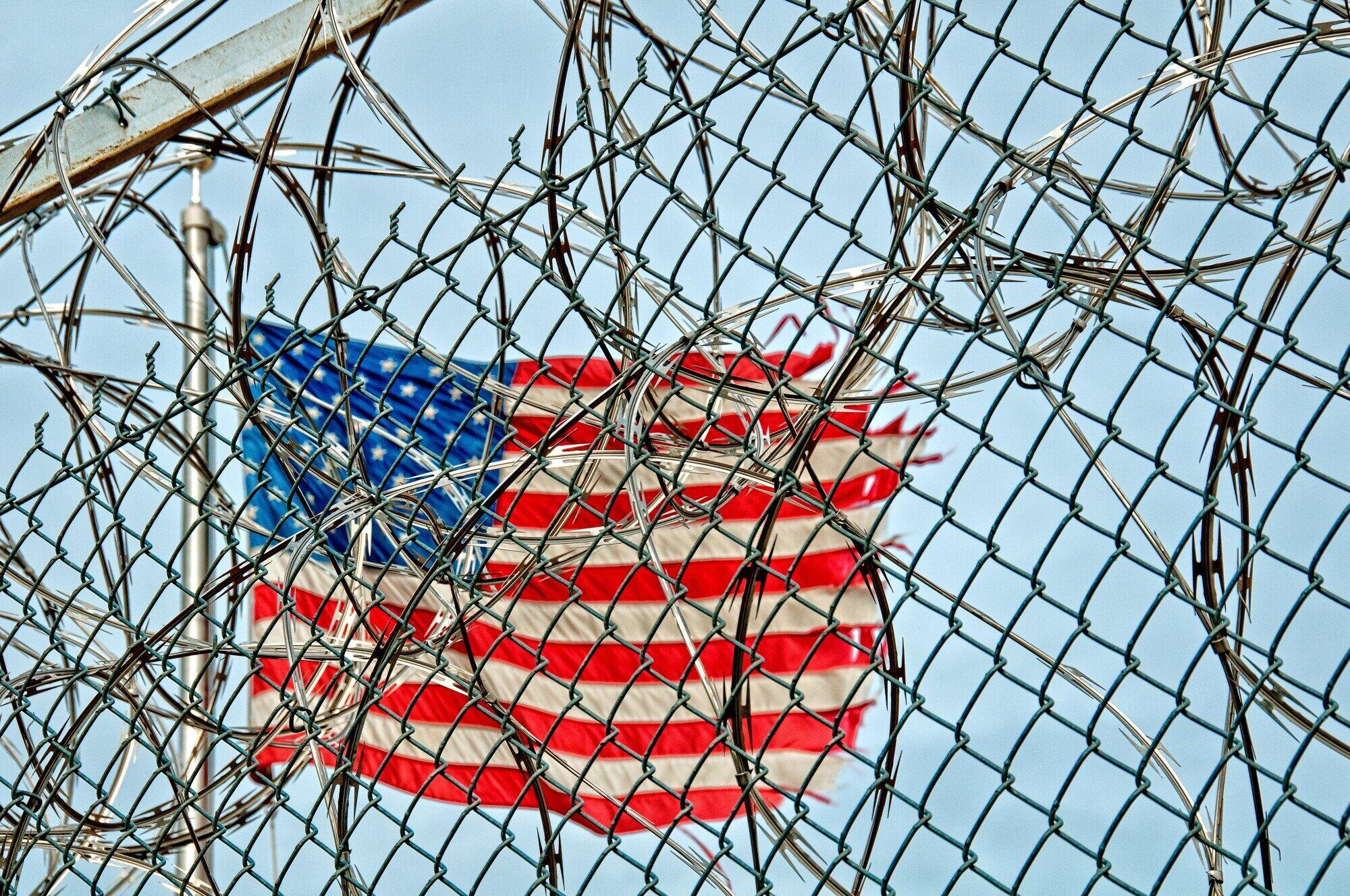When it comes to the United States prison system, one of the most pressing debates is between the operation and costs of a federal vs state prison. Understanding this issue is crucial for policymakers and citizens alike. This comes with the increasing number of incarcerated individuals in the country.
In this section, we will dive deeper into the comparative costs of federal and state prisons. Most importantly, we will explore how these costs impact the overall operation of the prison system.
By the end, you will better understand this complex topic. You will then be equipped with knowledge to inform discussions and decisions about our justice system.
So let’s get started.
Operational Expenses of Federal vs. State Prisons
First, let’s define what a federal prison and a state prison means. A federal prison falls under the jurisdiction of the United States government, specifically the Federal Bureau of Prisons (BOP). State prisons, on the other hand, are run by individual states.
One key difference between these two types of prisons is their funding. Federal prisons rely on federal funds. State prisons get their funding from the respective state governments.
This difference is because federal prisons house inmates who have violated federal laws. State prisons house those who have broken state laws. Therefore, it makes sense for the funding to come from different sources.
Inmate Healthcare Costs
One of the main factors regarding operational expenses is the cost of providing healthcare for inmates. This includes:
- medical services
- mental health services
- prescription drugs
In this regard, federal prisons have a significant advantage. The BOP provides comprehensive healthcare coverage for all incarcerated individuals under its care. This means that inmates do not have to pay out-of-pocket for any medical services they receive.
On the other hand, state prisons may not have the same level of healthcare coverage. In some cases, inmates are required to pay a co-pay for medical services. This can add up quickly for individuals with chronic health issues.
Security Measures and Staffing Costs
Security measures and staffing are another significant cost for federal and state prisons. This includes correctional officers’ salaries and the necessary equipment and resources to maintain a safe and secure environment.
In this aspect, federal prisons tend to have higher costs due to their more extensive security measures. For example, federal prisons often have more advanced technology. This includes body scanners and security cameras, compared to state prisons.
Anyone who performs an inmate search will notice that federal inmate databases are more detailed and updated than state inmate databases. This is also due to the higher costs associated with maintaining these systems.
Additionally, the salaries of federal correctional officers tend to be higher than their state counterparts. This is because federal prisons often have more rigorous training requirements for their staff.
Understand the Financial Implications Of a Federal vs State Prison
The financial implications of a federal vs state prison have a significant impact on the overall operation and effectiveness of the United States prison system. Understanding these differences is crucial for policymakers and citizens alike. So, let’s keep the conversation going and work towards positive change in our prison system.
Should you wish to read more articles, visit our blog. We’ve got more!







